10 Animals With Incredibly Long Lifespans
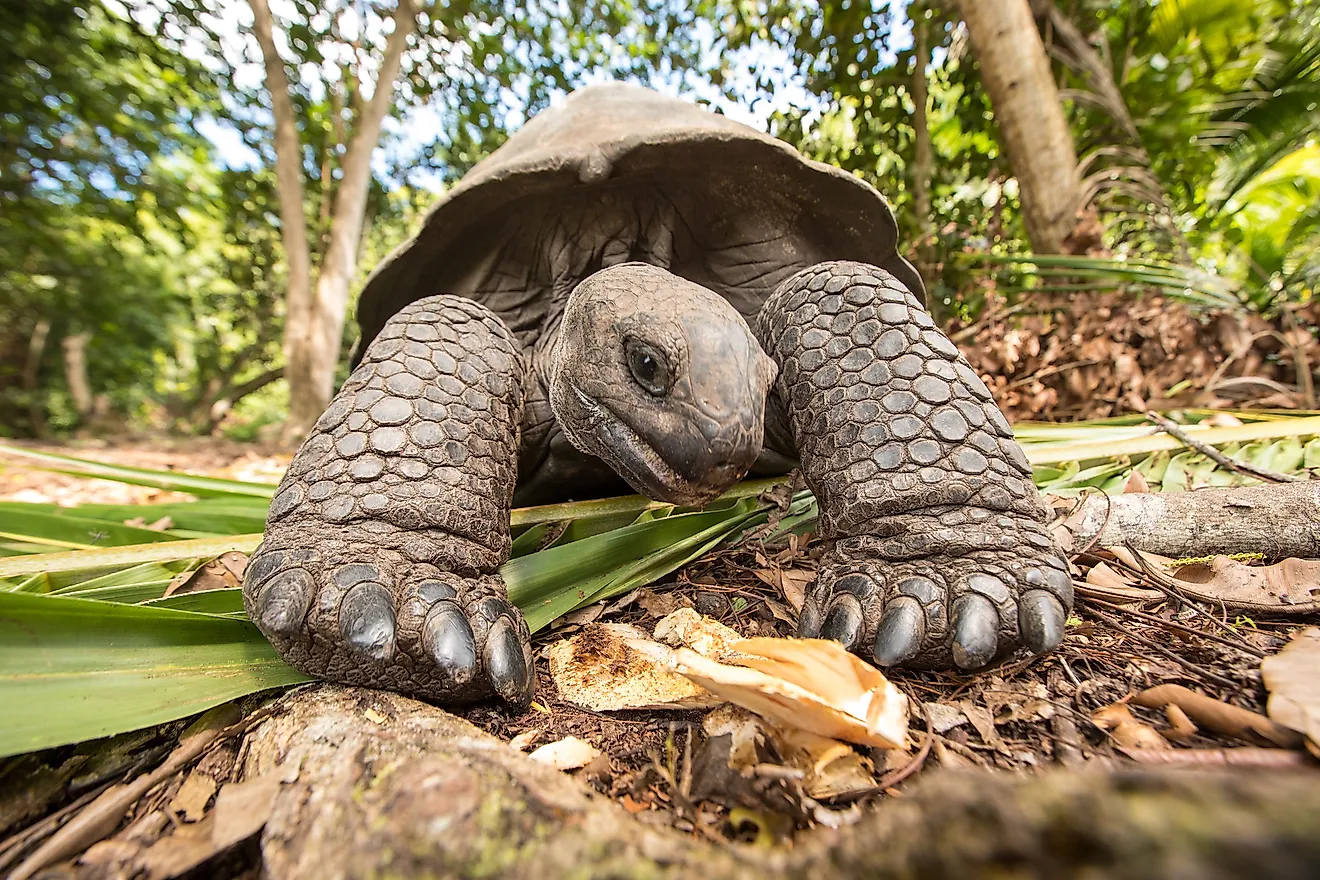
- The age of a clam is marked by the rings on its shell - just like a tree!
- The giant tortoise Harriet lived with both Charles Darwin in the 1800s and 'Crocodile Hunter' Steve Irwin in the 2000s.
- Immortal jellyfish defy death by producing genetically identical copies of themselves.
If you are looking for the fountain of youth, you just might need a submarine. From death- defying jellyfish to 500-year old clams to rocklike creatures older than any man made monument, most of the world’s oldest animals live long lives deep beneath the ocean waves. Up on land the giant tortoise claims the title of oldest animal. In fact, during her long life, Harriet the Galapagos giant tortoise was in the care of both the academic Charles Darwin in the 1800s, and Steve 'Crocodile Hunter' Irwin in the 2000s. Read on to discover more about 10 animals with incredibly long lifespans.
10. Longfin Eel
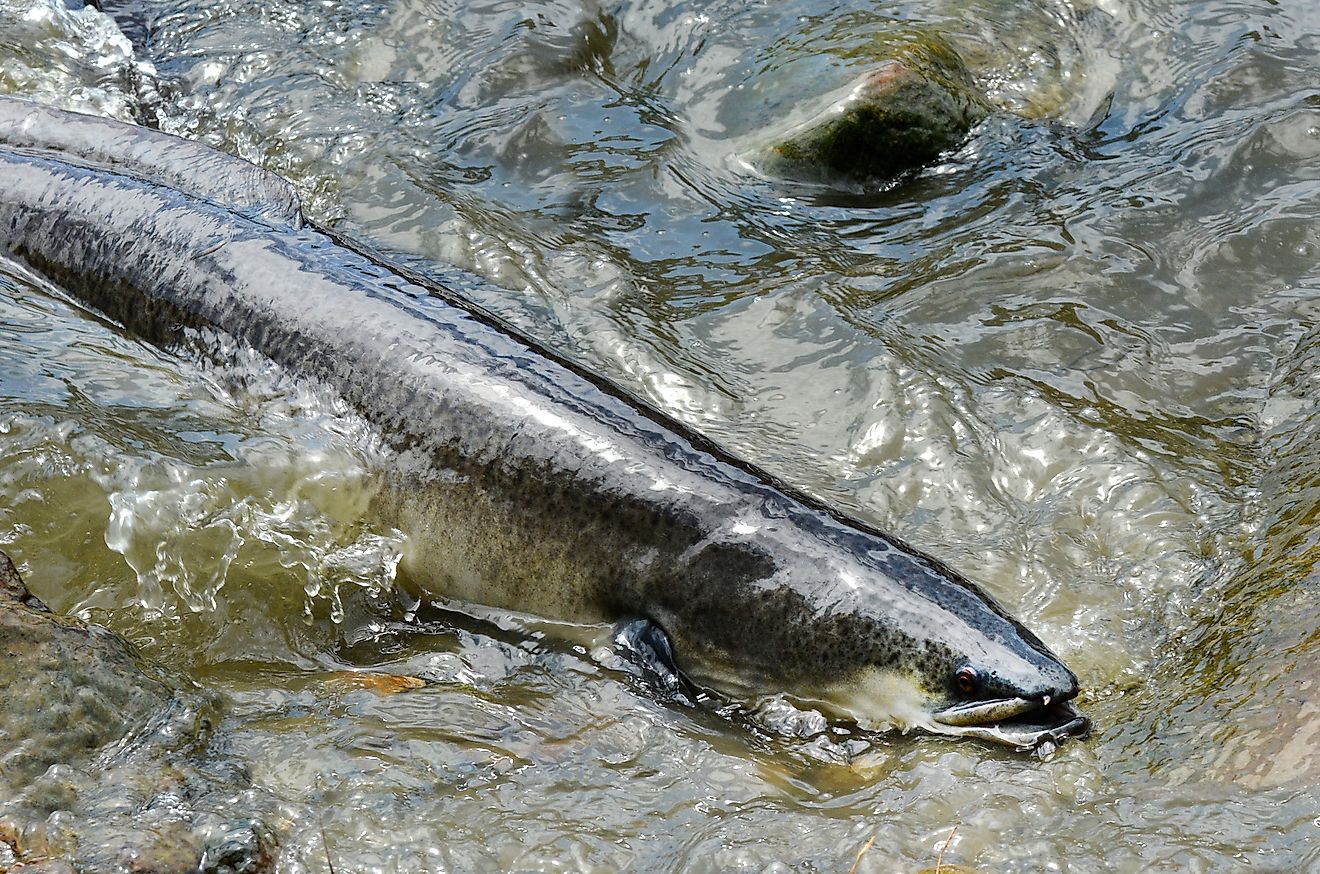
These eels not only live a long life, but have inhabited the Earth for 65 million years. Known in Maori folk stories as the mythical Taniwha, young longfins are native to the inland freshwaters of New Zealand and Australia, where they are believed to bring good luck along with a tasty dinner. Scientists have determined males migrate to the Pacific Ocean at 24 years old, while the females wait another decade or so before swimming upstream and leaving freshwater. Along the way the eels develop darker skin and larger eyes better suited for ocean swimming. Although longfins can live between 60 and 106 years old, these eels die immediately after breeding.
9. Macaw
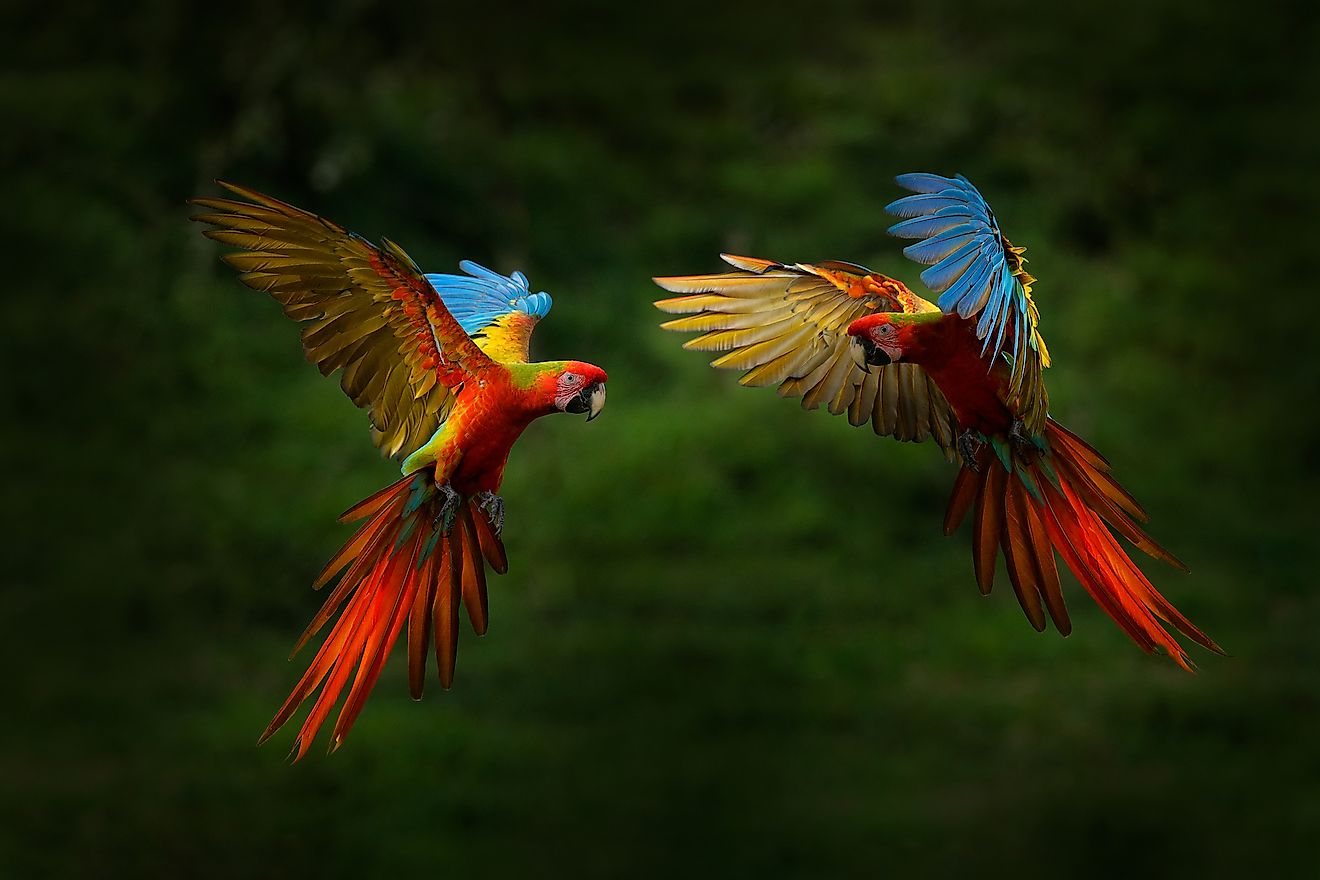
There are up to 17 different species of this beautiful and brightly colored birds. The vibrant reds, yellows, and blues of their plumage are ideal for a life among the colorful fruits and flowers of the South American rainforest. In the wild, Macaws live in flocks of up to 30 birds, but often mate for life and rarely take a second partner when theirs is lost. Although they can live between 60 to 80 years, the destruction of habitat and illegal poaching has resulted in putting wild macaws on the endangered list.
8. Asian Elephants
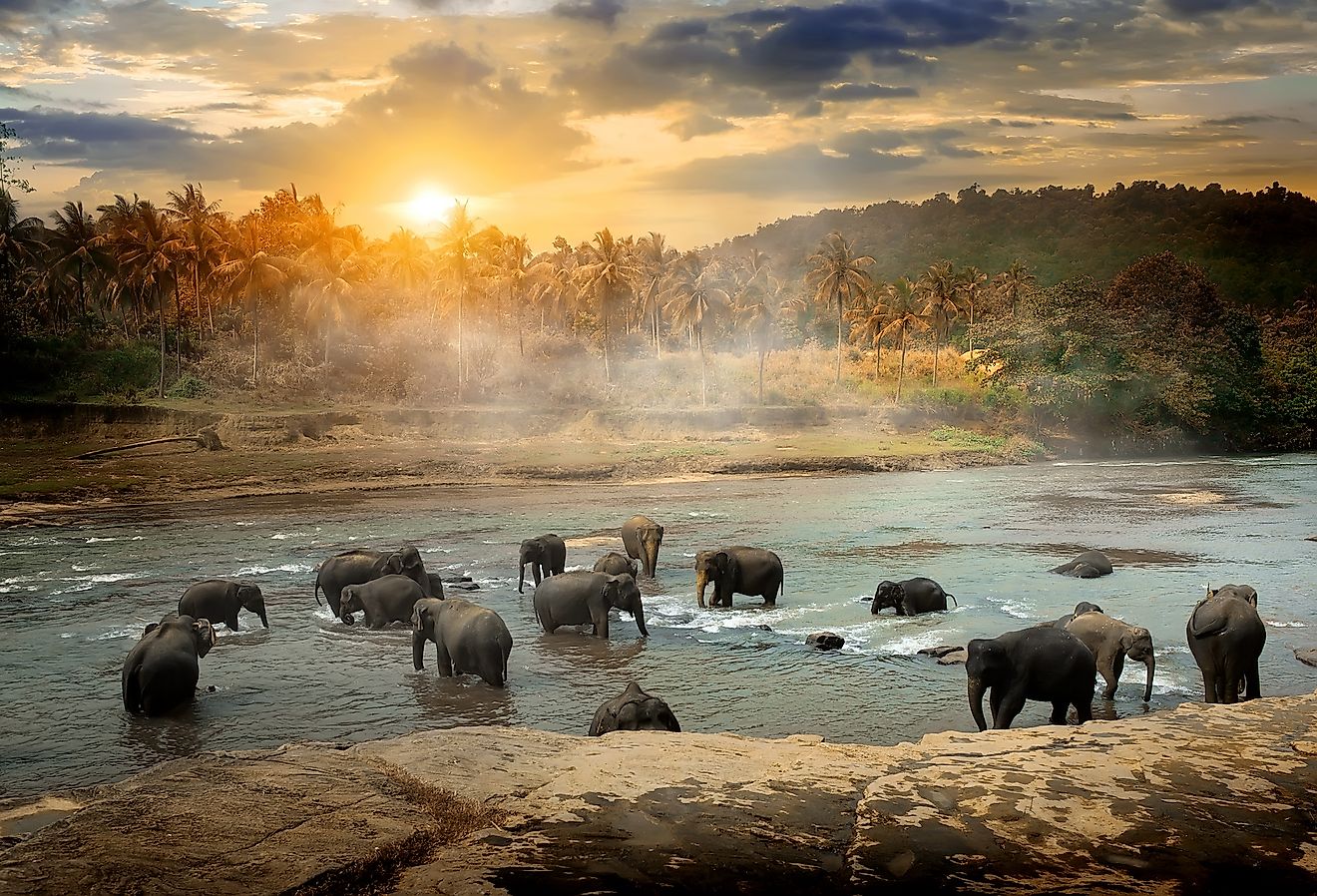
They say an elephant never forgets, and if that's true it also means that an elephant has a very long memory. Asian elephants in particular have long life expectancies, generally reaching into their mid-50s. Elephants in captivity, however, have reached well into their late 70s and 80s. In 2003, the Asian elephant Lin Wang, who made his home at the Taipei Zoo, passed away at the age of 86, holding the Guinness World Record as the oldest living elephant. Today at the Elephant Sanctuary in the state of Tennessee, Shirley is a 70+ year old elephant showing no signs of slowing down, while the National Zoo in Washington DC is home to Ambika, another elephant well over 70 years old.
7. Giant Tortoise
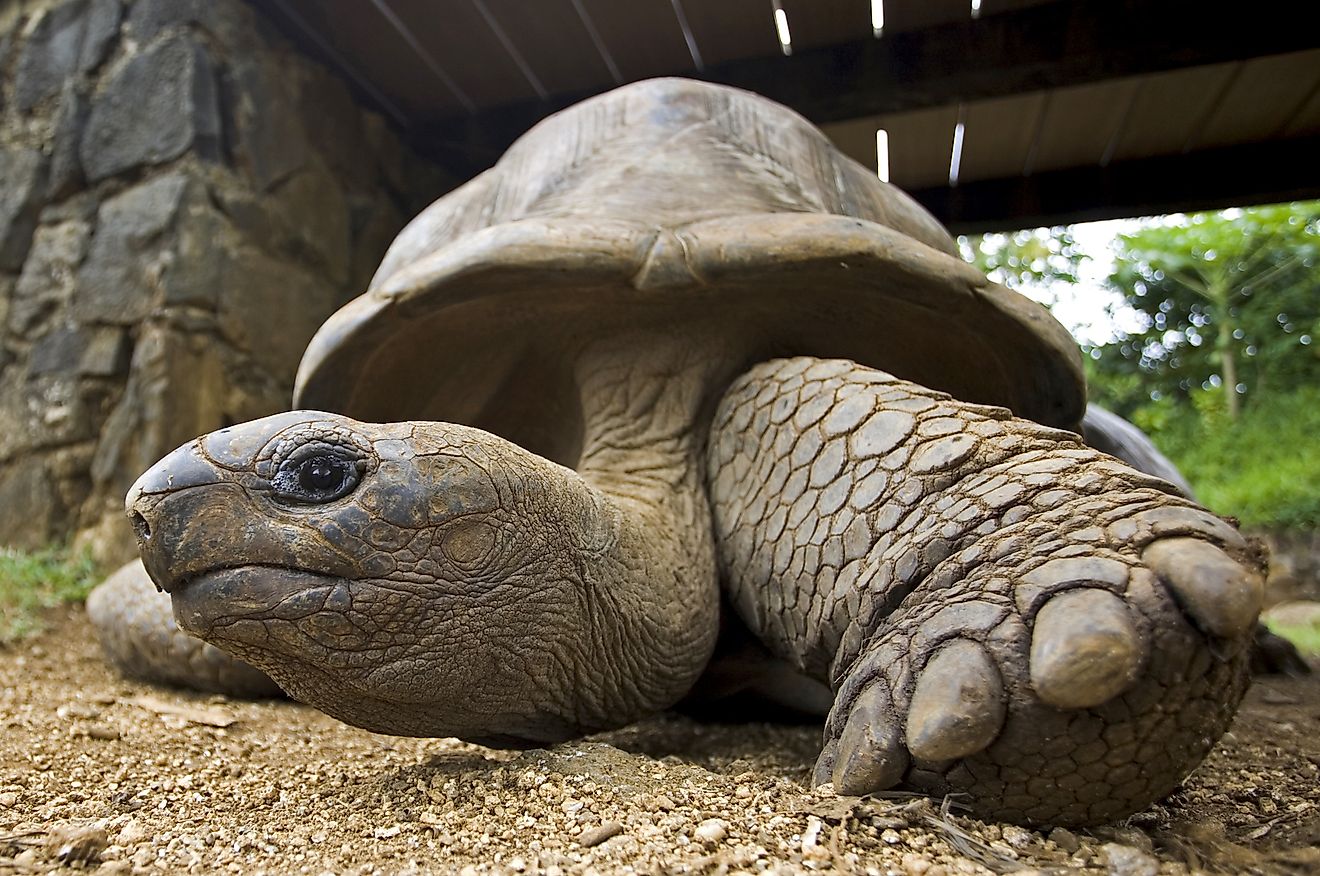
Perhaps the giant tortoise’s secret to longevity is it’s slower pace of life. Aged over 100 years, these animals have attracted famous fans over the years including Charles Darwin, whose Galapagos giant tortoise Harriet died in 2006 at the age of 176, and Captain Cook, who gifted a Madagascar tortoise to the royal family of Tonga which lived until 1965 when the tortoise was at least 188-years old. Currently Jonathan, a 188-year old tortoise from the Seychelles, is the world’s oldest living land creature as recorded by the Guiness Book of World Records.
6. Tuatara
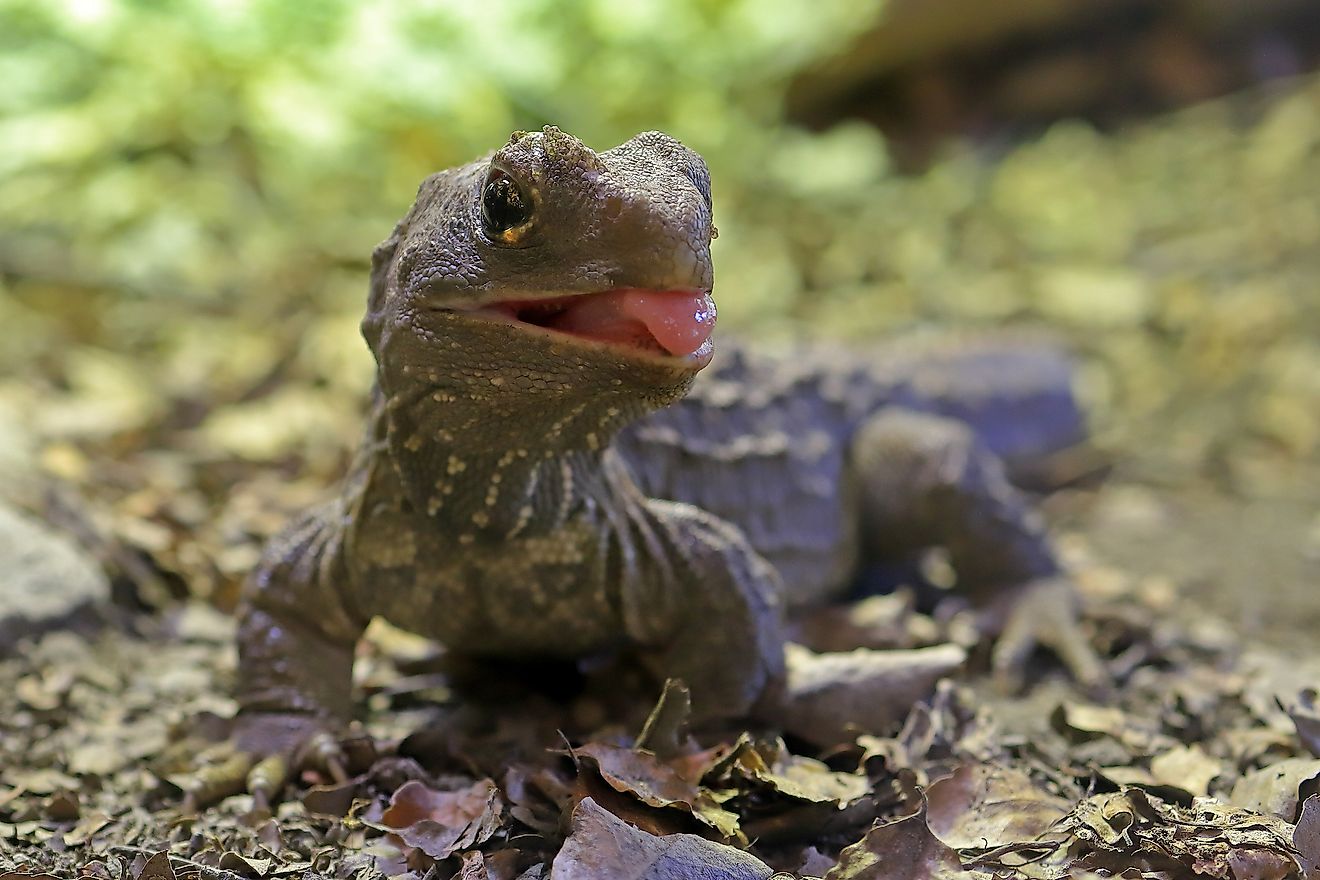
Distant cousin of dinosaur-era reptiles, tuataras are often called living fossils as they are distinctly different from lizards and exist only in New Zealand. Rather than sun themselves during the day like many reptiles, tuataras are nocturnal and prefer cool temperatures. At 120-years old Henry, the oldest living tuatara, is a famous inhabitant at the Southland Museum and Art gallery, where he was still fertilizing eggs well past his hundredth birthday until his mate, Mildred, passed away in her seventies.
5. Bowhead Whale
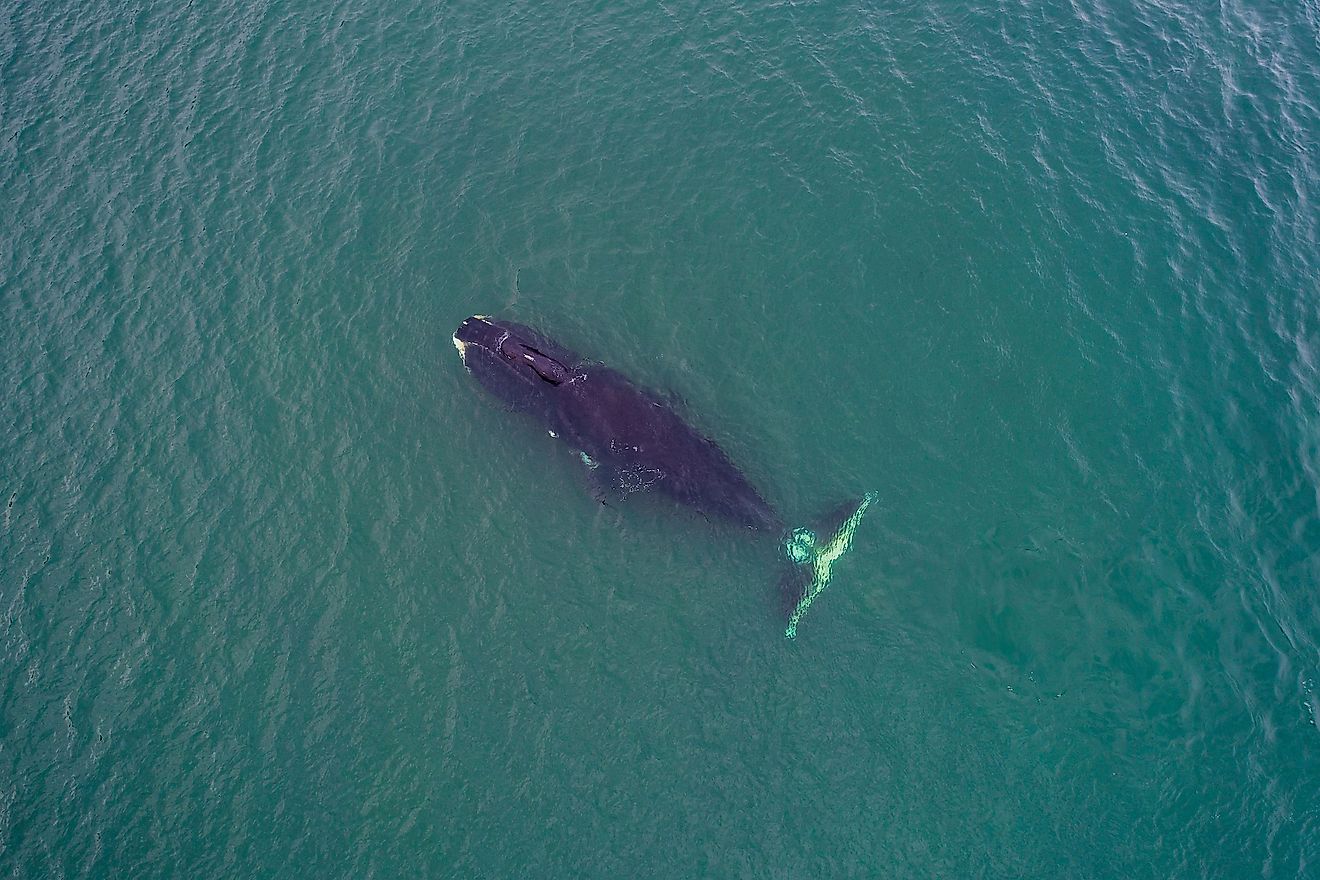
In 2007 Inuit hunters caught a bowhead whale with six harpoon fragments dating back to the 1800s still trapped in its side, confirming these marine mammals not only have a lifespan exceeding 200 years, but also that they are incredibly resilient. Its long life span isn't the only unique feature. Also known as the Greenland right whale, bowheads are the only baleen cetaceans to make the freezing subarctic waters their year round home, plus they have the largest mouth - nearly one third of its body - of any animal.
4. Greenland Shark
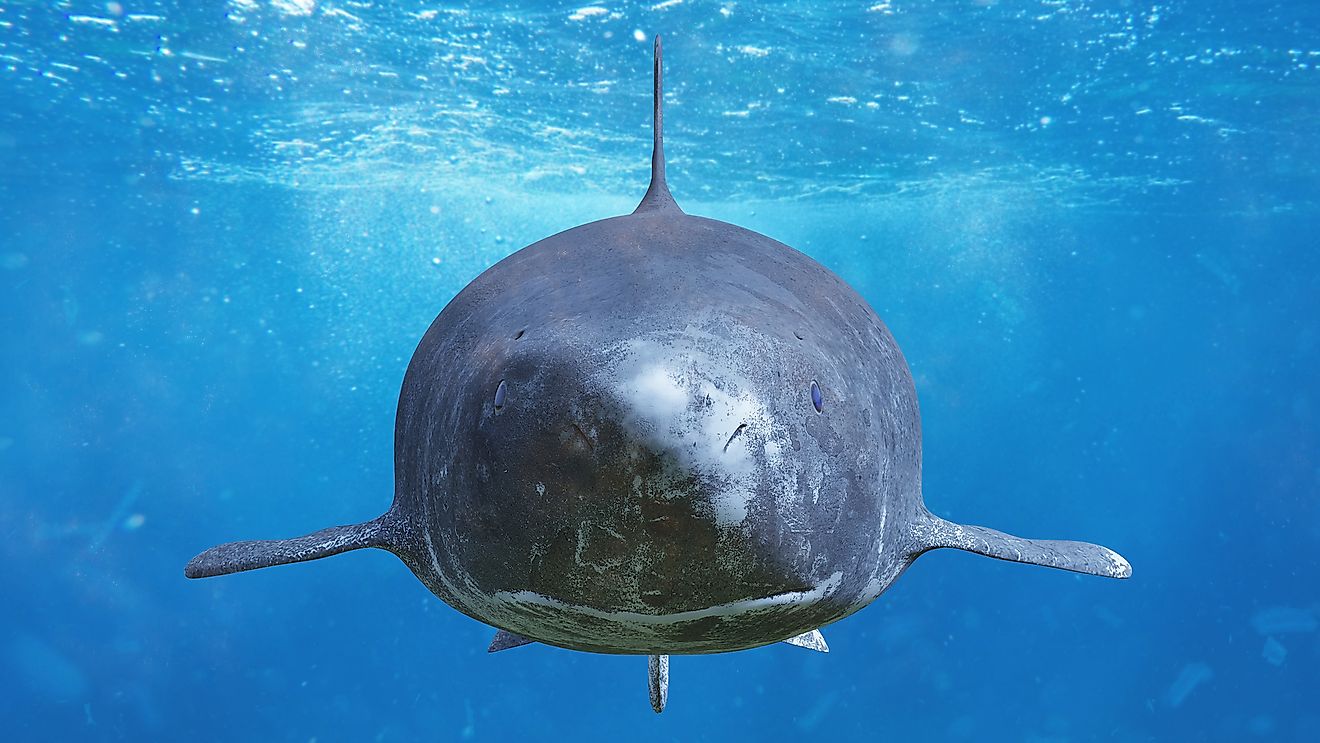
Not only does the Greenland Shark have a long life, it also has a remarkably long childhood. Growing at an almost imperceptible 0.4 inches per year, these North Atlantic dwellers take up to a hundred years to reach their full length. Scientists believe this slow growth is a major contributor to its longevity, but even after reaching its maximum of 16-feet, Greenland Sharks go on to live up to 400 years, easily taking the title of the world's oldest vertebrate.
3. Ocean Quahog
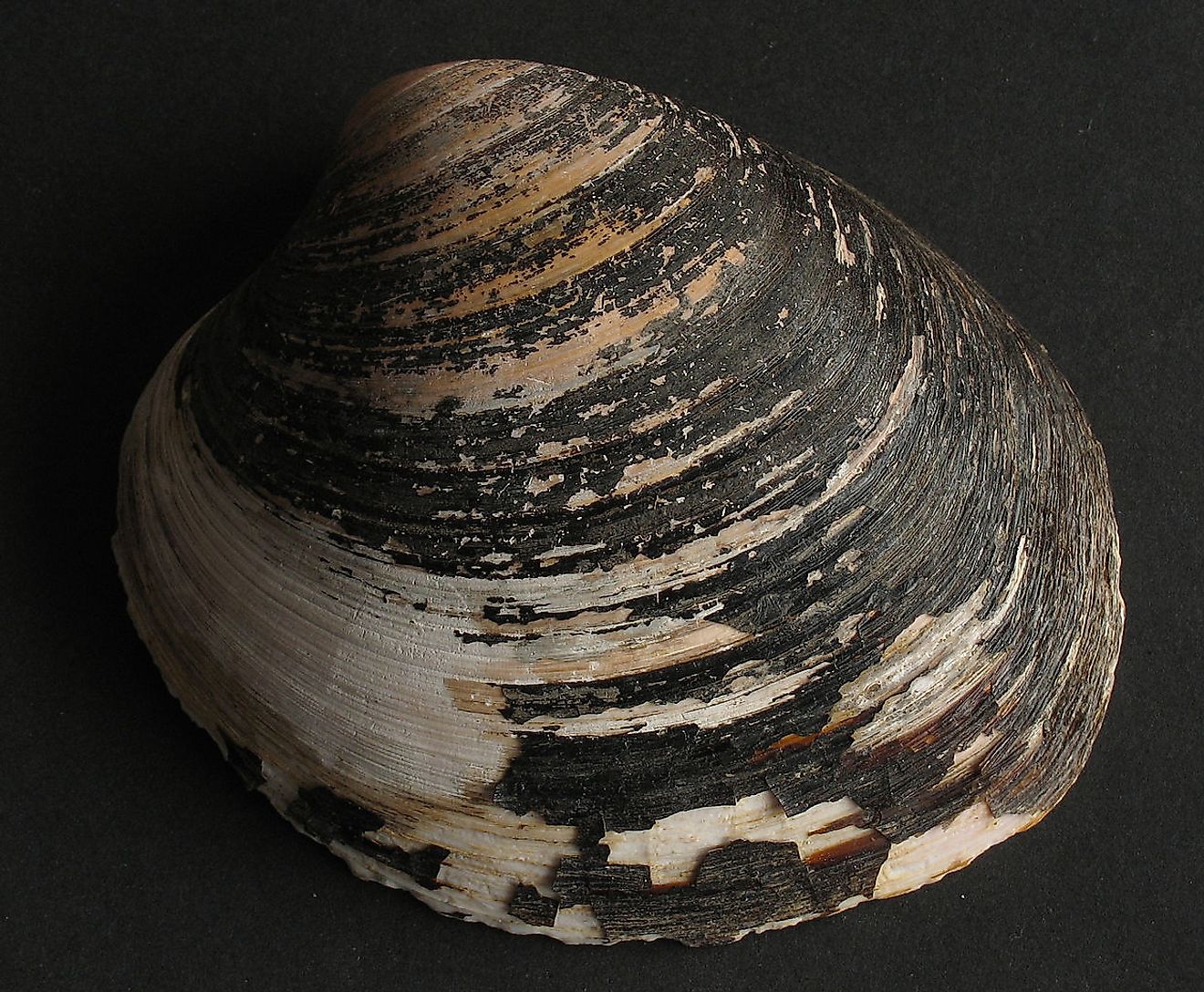
When Ming, the oldest known quahog was born, da Vinci was busy painting. When Ming turned 50, Queen Elizabeth I took the throne in England. Of course Ming was oblivious to all of this, situated at the bottom of the ocean near Greenland living life as happy as a clam. While ocean quahogs have a typical lifespan of about 200-years, Ming was 507 when he was found by researchers and so named after the Chinese dynasty that ruled during the year of his birth. So how does one determine the age of a clam? Like the rings of a tree, the ridges on a clamshell grow by one for each year of its life.
2. Immortal Jellyfish
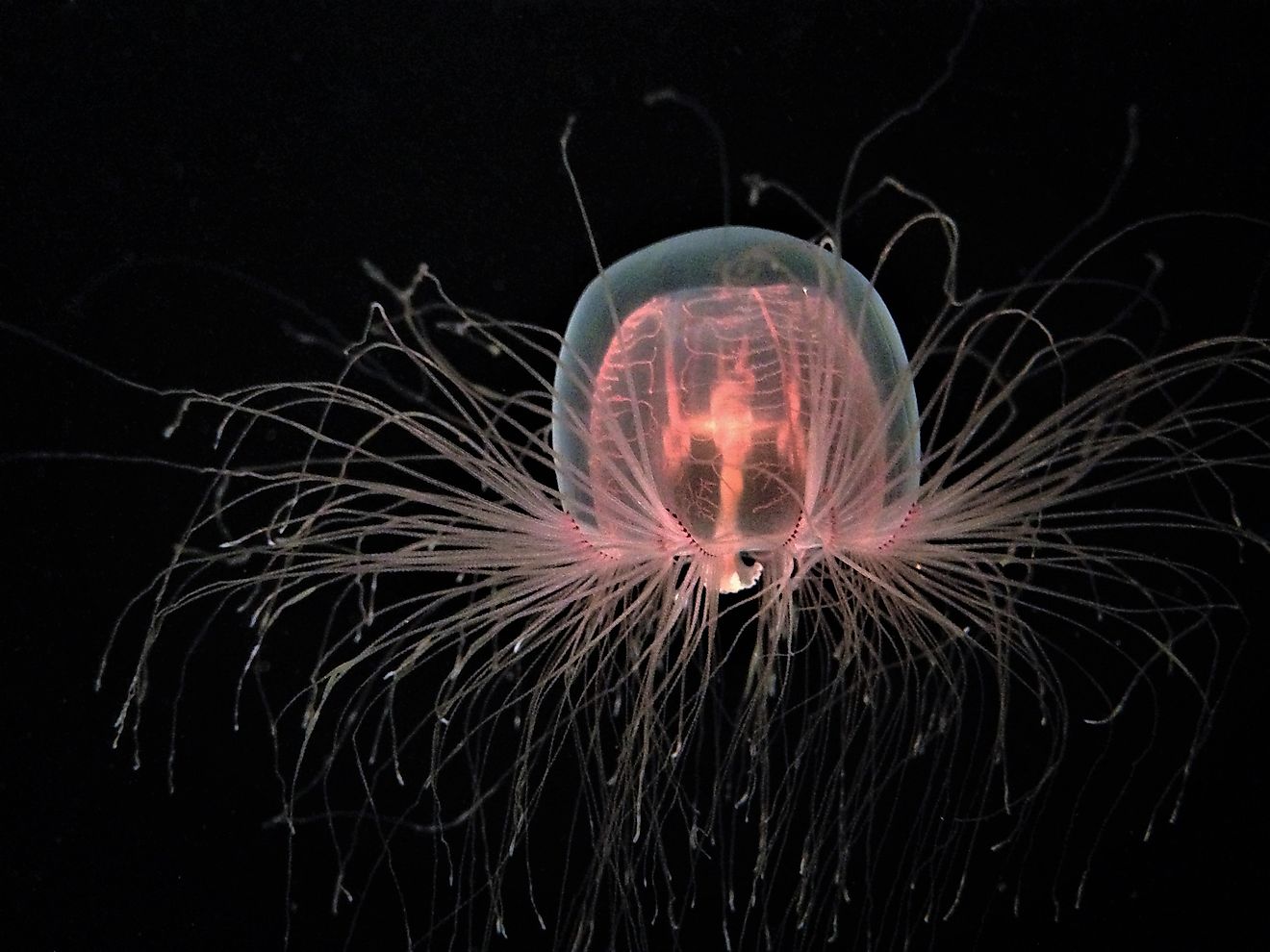
When the word immortal is in your name, the odds are pretty good you’re going to enjoy a long life. This unique species of jellyfish defies death by dropping to the ocean floor and generating a colony of new, genetically identical polyps that spawn into jellyfish. Even more impressive, if an immortal jellyfish becomes injured or the food supply is scarce, it can revert back into a polyp to produce new, healthier versions of itself.
1. Coral
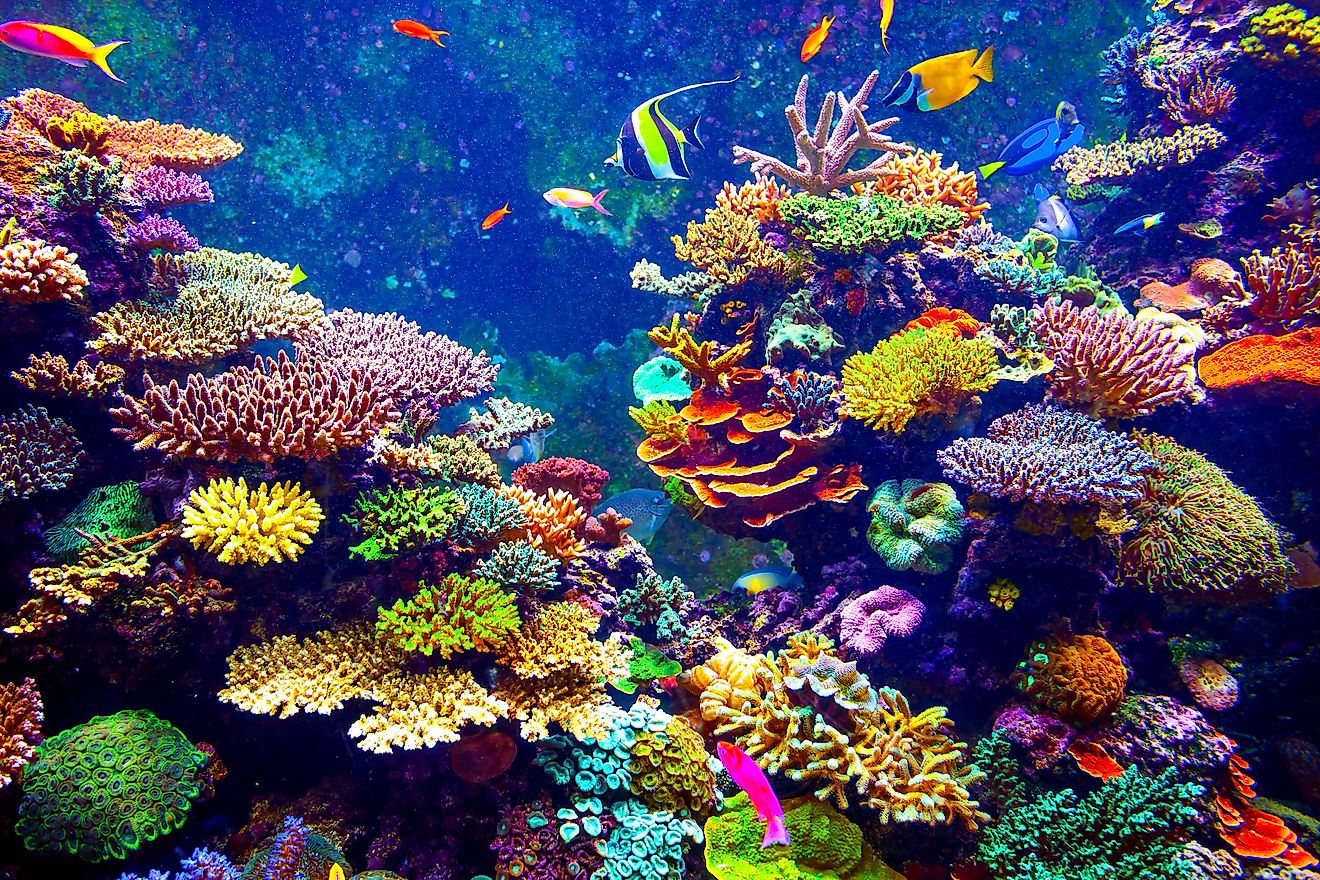
Living underwater seems to be the secret to longevity, as many of the animals on this list suggest. The oldest creatures on this list, and possibly the earth, are coral. While immortal jellyfish can make indefinite genetic replicas of itself, researchers in Florida and the Caribbean have discovered genotypes of elkhorn coral have existed for well over 5,000 years. That means these rocklike creatures are older than any man made structures including the Egyptian pyramids, the Parthenon, or the monuments of Rome.











